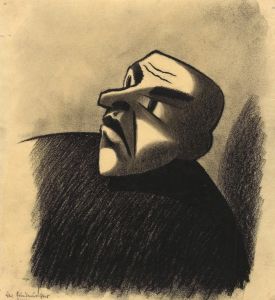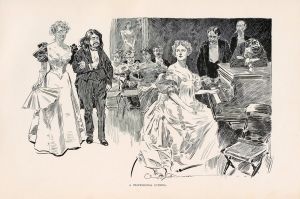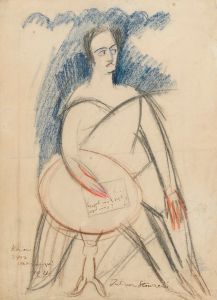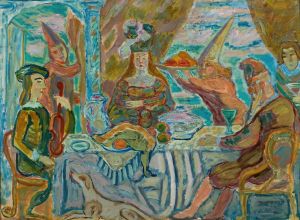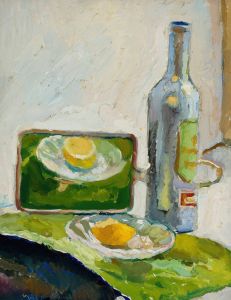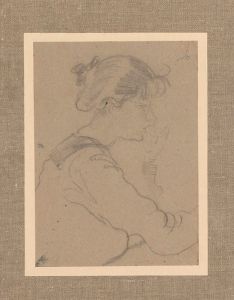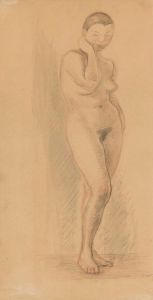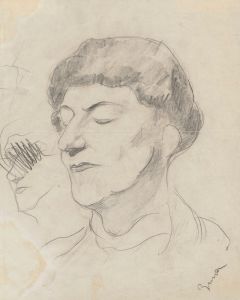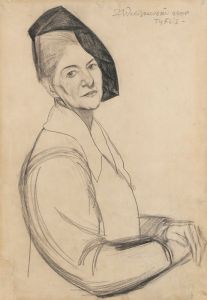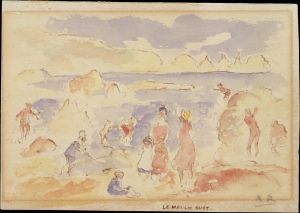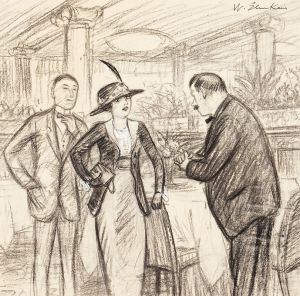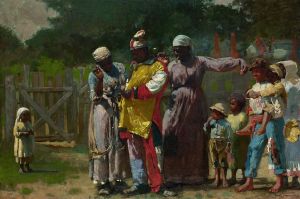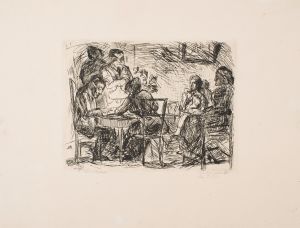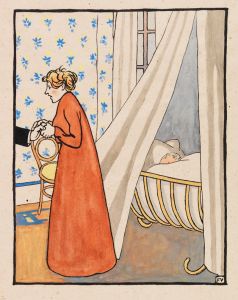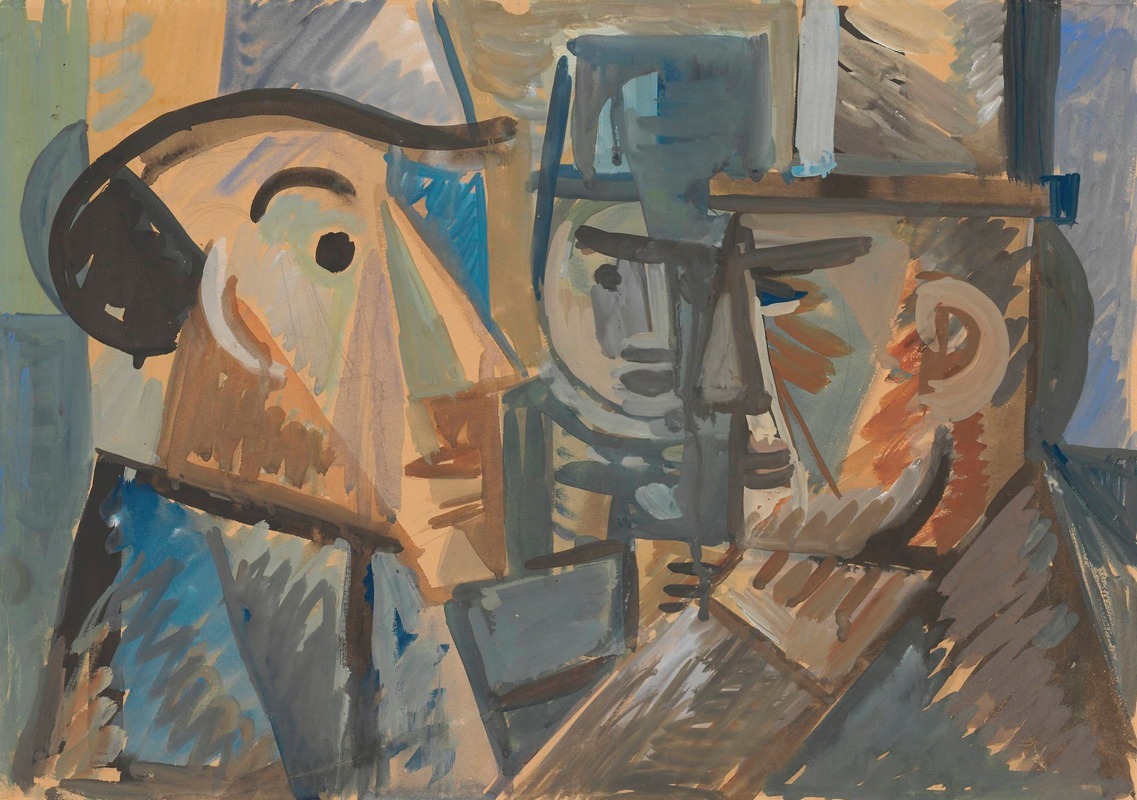
Conversation
A hand-painted replica of Zygmunt Waliszewski’s masterpiece Conversation, meticulously crafted by professional artists to capture the true essence of the original. Each piece is created with museum-quality canvas and rare mineral pigments, carefully painted by experienced artists with delicate brushstrokes and rich, layered colors to perfectly recreate the texture of the original artwork. Unlike machine-printed reproductions, this hand-painted version brings the painting to life, infused with the artist’s emotions and skill in every stroke. Whether for personal collection or home decoration, it instantly elevates the artistic atmosphere of any space.
Zygmunt Waliszewski was a Polish painter known for his contributions to the art world in the early 20th century. His work often reflected the influences of Post-Impressionism and Expressionism, and he was part of the avant-garde movement in Poland. One of his notable works is "Conversation," a painting that exemplifies his unique style and artistic vision.
"Conversation" by Zygmunt Waliszewski is a painting that captures the essence of human interaction through its composition and use of color. Waliszewski was known for his vibrant palette and dynamic brushwork, and these elements are evident in this piece. The painting depicts a group of individuals engaged in a dialogue, though the specifics of the conversation are left to the viewer's imagination. This ambiguity is a hallmark of Waliszewski's work, inviting viewers to interpret the scene in their own way.
The figures in "Conversation" are rendered with a sense of movement and energy, characteristic of Waliszewski's style. His use of bold colors and expressive lines creates a lively atmosphere, drawing the viewer into the scene. The background is often abstracted, focusing attention on the figures and their interactions. This technique highlights Waliszewski's interest in the emotional and psychological aspects of human relationships.
Waliszewski's work was influenced by his studies and experiences in Paris, where he was exposed to the works of artists like Paul Cézanne and Henri Matisse. These influences are evident in "Conversation," where the use of color and form reflects the Post-Impressionist and Fauvist movements. Waliszewski was also associated with the Kapists, a group of Polish artists who emphasized color and form over narrative content, which is apparent in this painting.
The painting "Conversation" is an example of Waliszewski's ability to blend traditional and modern techniques. While he employed classical composition methods, his approach to color and form was innovative for his time. This combination of old and new is part of what makes his work stand out in the history of Polish art.
Zygmunt Waliszewski's contributions to art were significant during his lifetime, although his career was relatively short due to his untimely death in 1936. Despite this, his work, including "Conversation," continues to be studied and appreciated for its artistic merit and its reflection of early 20th-century European art movements.
In summary, "Conversation" by Zygmunt Waliszewski is a painting that encapsulates the artist's vibrant style and his interest in the dynamics of human interaction. Through his use of color, form, and composition, Waliszewski invites viewers to engage with the painting on an emotional and intellectual level, making it a significant piece in the context of Polish and European art history.





